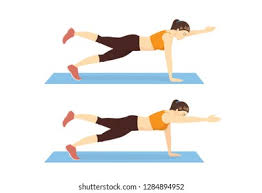The Benefits of High-Altitude Cardio Training
High-altitude cardio training has long been a secret weapon of elite athletes across the globe. Whether it’s the Kenyan distance runners of the Rift Valley or the Olympic skiers training in the Rockies, training in low-oxygen environments consistently proves effective in boosting physical performance. But what is the science behind high-altitude training? How does it …









